Yep, it’s yet another new brand. And, yes, it’s from China.
You can be forgiven for not keeping up with the influx of new car brands in recent years, even as a professional I can find it challenging at times. But that’s why we’re here, to help you determine which brands to pay attention to and which ones you can probably ignore.
So which one is Jaecoo?
Well, the good news for the brand is that it comes from one of China’s biggest and most successful car companies, Chery, which has been a leading exporter for more than two decades, so it has a reasonable understanding of international markets.
Jaecoo is designed to be a separate, stand-alone brand from Chery, and in Australia will be sold at specific Omoda-Jaecoo dealerships (as the Omoda 5 is also spun-off into yet another ‘new’ brand). The Jaecoo J7 we’re driving here is its first model, a mid-size SUV that will compete directly against the likes of the BYD Sealion 6, Toyota RAV4, Hyundai Tucson and more.
Because despite management referring to Jaecoo as a “luxury” brand and calling the J7 a “premium SUV” that’s all within the context of the Chery universe. Jaecoo is simply a more premium alternative to Chery, not a true luxury brand that will challenge the likes of Lexus, Mercedes-Benz and the rest on quality and, as you’ll soon see, price.
We’ve already sampled the entry-level J7 2WD but now we’re getting to experience the 4WD and range-topping SHS, which stands for Super Hybrid System, but is better known as a plug-in hybrid. The SHS is the model we spent the most time in and that’s what we’ll focus on in this review.
Chery/Jaecoo executives say that what it calls ‘new elites’ - people that are “moving up in the world” and are looking for a “fashionable” and “cool” car - are the target market. But as we’ll explain, the market for the J7 is likely to be much broader than just the fashionable elite and cool kids.
Jaecoo J7 2025: Core
| Engine Type | Inline 4, 1.6L |
|---|---|
| Fuel Type | Premium Unleaded Petrol |
| Fuel Efficiency | 7.0L/100km (combined) |
| Seating | 5 |
| Price From | $31,990 |
Price and features – Does it represent good value for the price? What features does it come with? 9/10
9 / 10
The J7 line-up will consist of four grades initially, the 2WD Core, 2WD Track, AWD Ridge and SHS Summit, with the choice of two powertrains.
The range will begin at just $34,990 drive-away for the 2WD Core and $37,990 drive-away for the 2WD Track. These are powered by a 137kW/275Nm 1.6-litre turbocharged four-cylinder petrol engine paired to a seven-speed dual-clutch transmission and powering the front wheels.
The AWD Ridge is priced from $42,990 and has the same 1.6-litre engine, with the same performance but obviously powering all four wheels. The range is topped by the SHS Summit, priced from $47,990 drive-away.
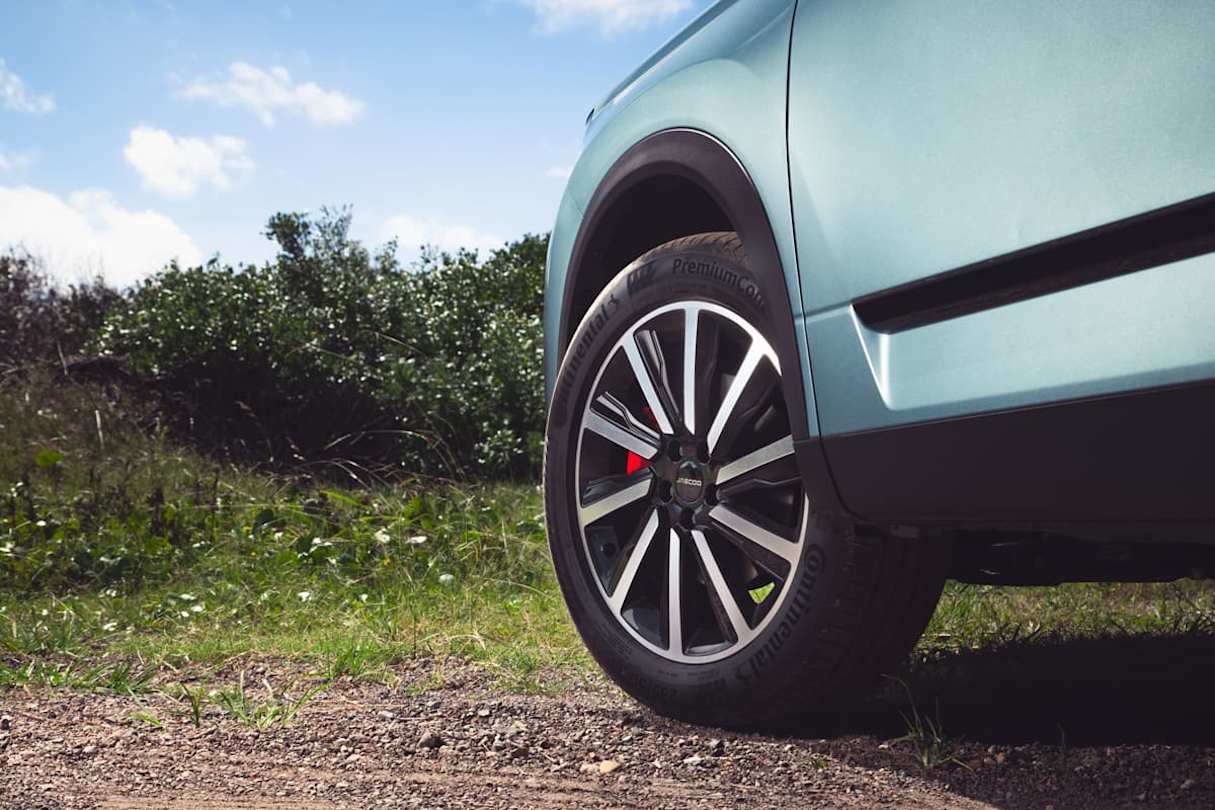
For context, the Toyota RAV4 Hybrid (which isn’t a plug-in) is priced between $42,260 and $51,410, while the BYD Sealion 6 PHEV starts at $48,890 - so it’s clear where Jaecoo is hoping to woo buyers from.
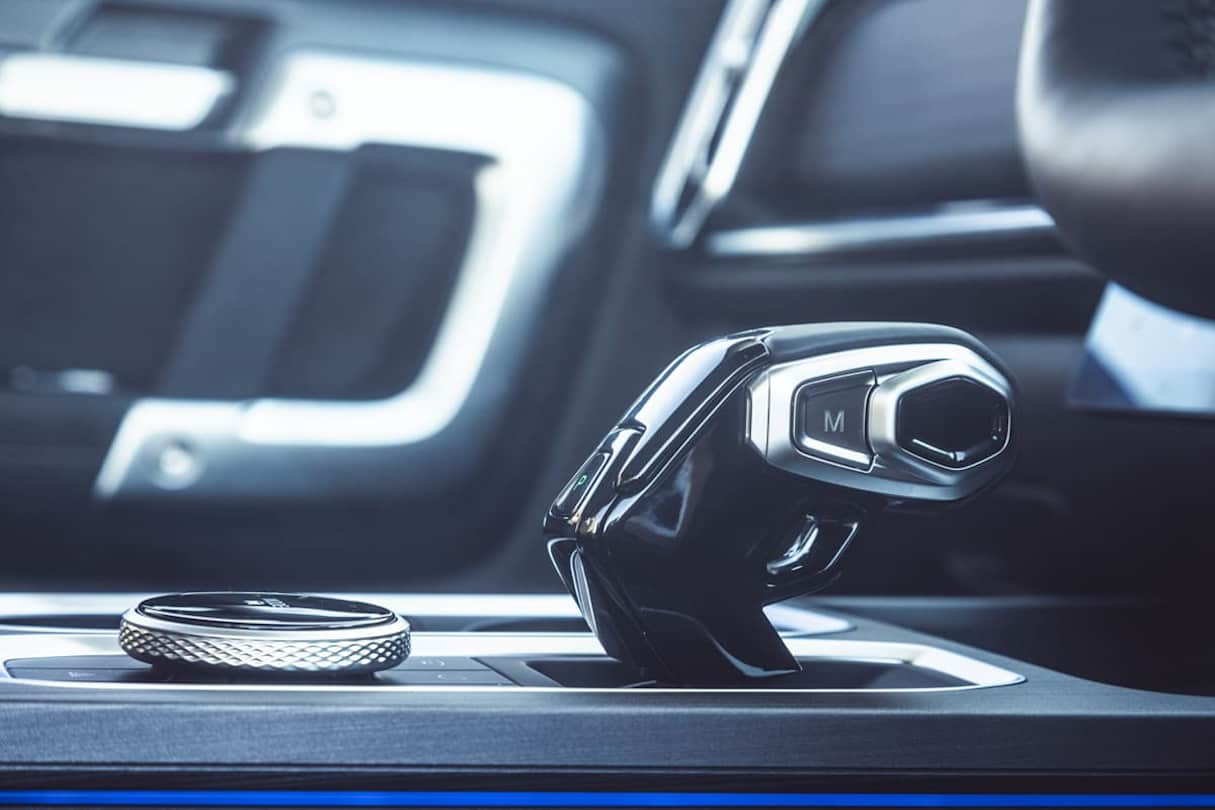
Standard equipment on the J7 Core includes 18-inch alloy wheels, LED headlights, LED daytime running lights, a 10.2-inch digital instrument display and a 13.2-inch infotainment touchscreen, which incorporates wireless Apple CarPlay and Android Auto. The Track trim level adds a power tailgate, front parking sensors, 360-degree surround-view monitor, heated front seats, ambient lighting, dual-zone climate control, plus a wireless smartphone charger and an eight-speaker Sony sound system.
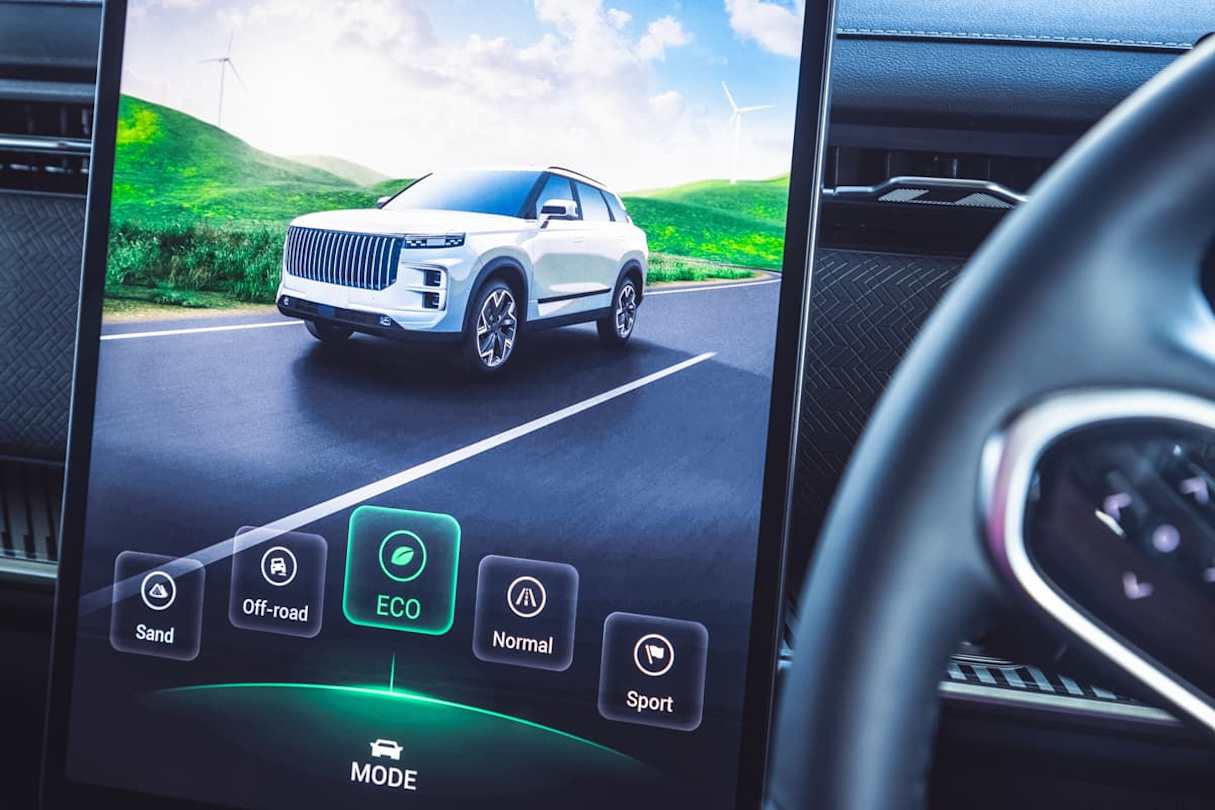
Stepping up to the AWD Ridge brings torque vectoring all-wheel drive, 19-inch alloy wheels, a full-size spare, a panoramic sunroof, heated and ventilated front seats, in-built dashcam and a 14.8-inch infotainment touchscreen.
The SHS Summit matches much of the specification of the Ridge, but gets unique 19-inch ‘aero’ alloy wheels, a head-up display and perforated synthetic leather seats.
All models are equipped with ‘Hello Jaecoo’, the brand’s voice-activated assistant.
Design – Is there anything interesting about its design? 8/10
8 / 10
Design is an interesting subject to discuss with the J7, as it manages to simultaneously have a bold and distinctive look from some angles and yet has clearly been inspired by some other, more famous, premium brands from others.
To be blunt, from certain angles - namely the side profile and rear three-quarter - the J7 could be mistaken for a Range Rover Evoque at a distance. Obviously taking inspiration from rivals is nothing new in the car industry and the Jaecoo designers have also managed to give the J7 its own look when you get a bit closer and notice the details.
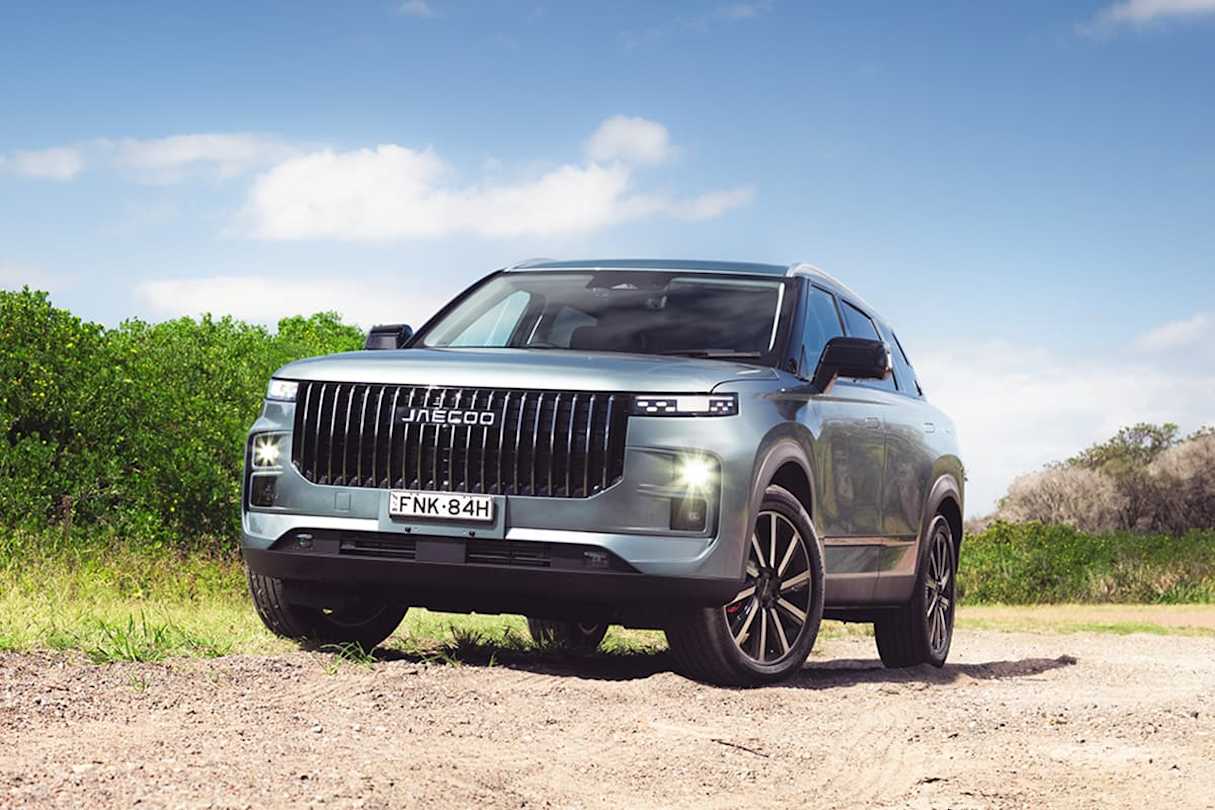
The most noticeable of these is the ‘waterfall-like’ grille, that the brand says symbolises “the life force of nature”, but also gives it a front profile that can’t be mistaken for anything else. Especially with the prominent ‘Jaecoo’ badge large and proudly placed in the middle of the grille - leaving you in no doubt what this is.
Overall, I’d call the exterior look of the J7 cohesive and leaving a more premium impression that what we’ve seen with Chery.
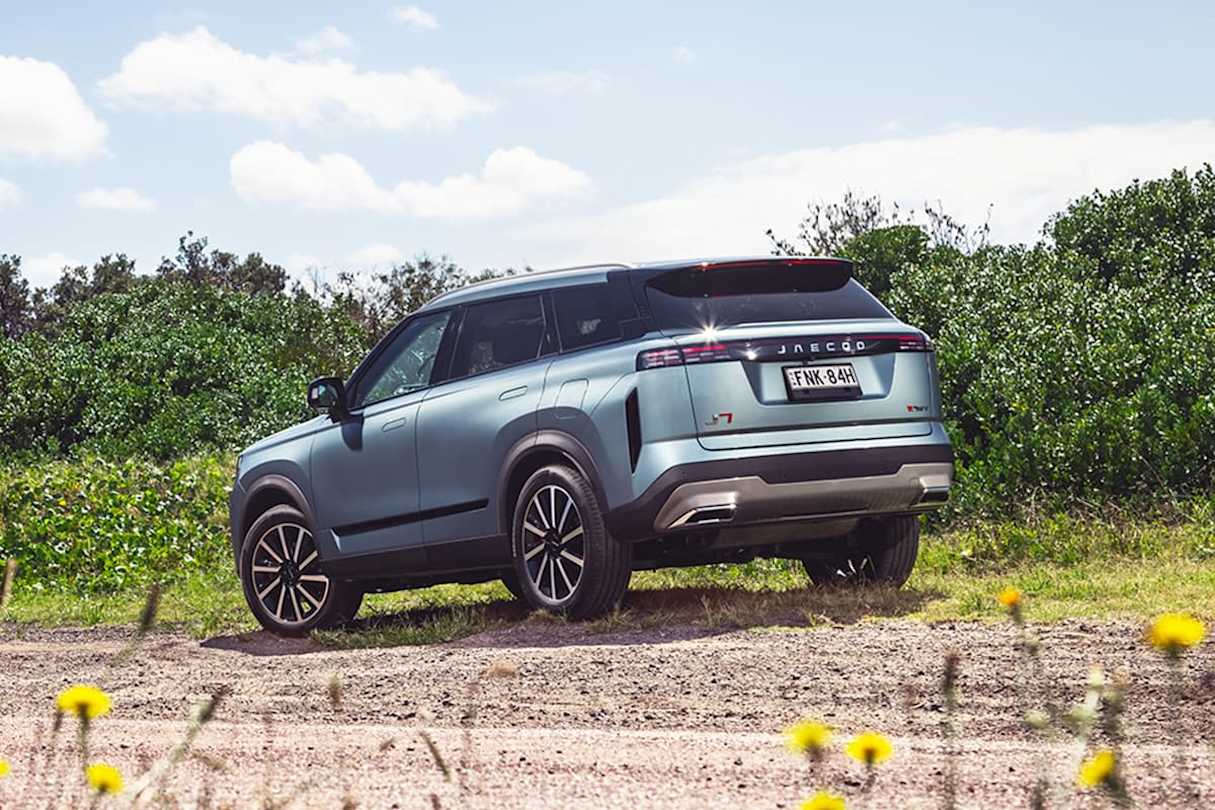
Inside, Jaecoo has followed the modern trend of going digital, with a small digital instrument display and then a larger central touchscreen. It provides a clean, modern look that leaves a good impression.
The Jaecoo designers also focused their attention on the touchpoints, elements like the door handles and arm rests, to try and give them a more premium feel. The trims used inside are also a cut above what we’ve experienced on other Chery models, and while not at a true luxury level, do stand out for what is a mainstream SUV.
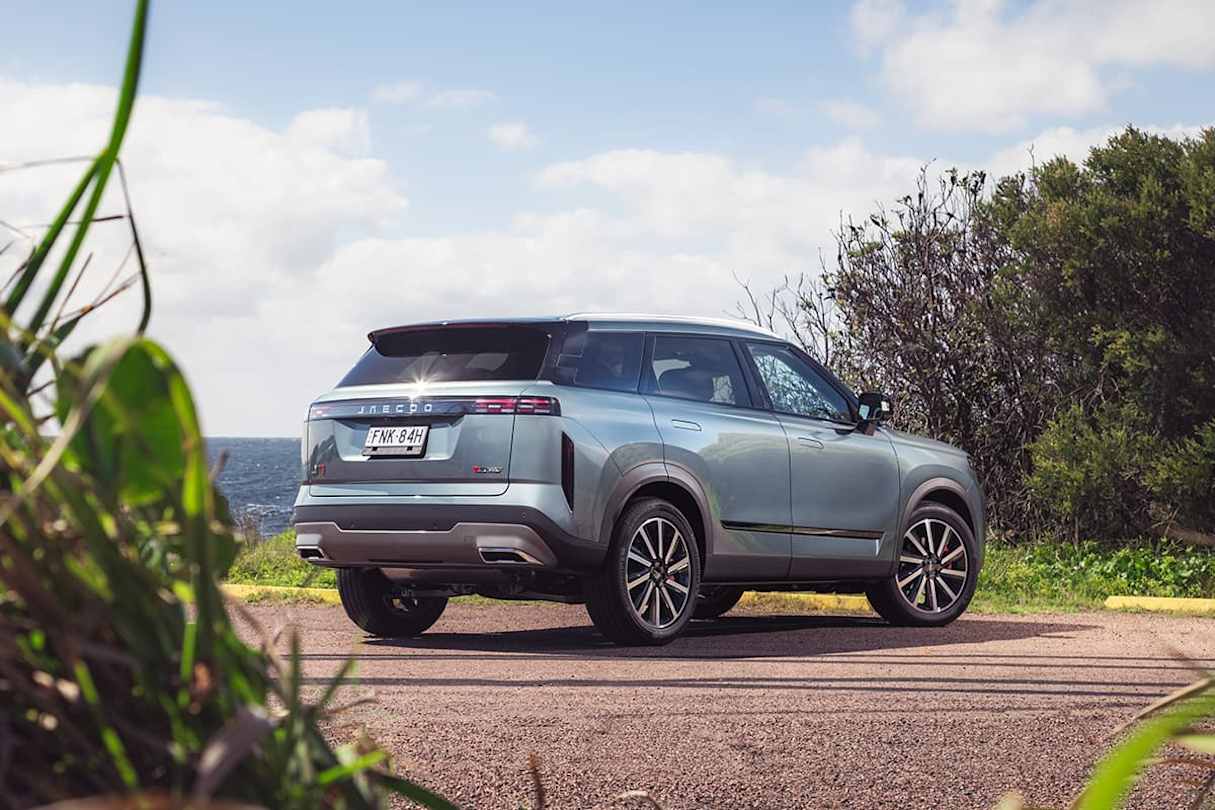
One other major element of the SHS interior design worth mentioning is the central console, between the front seats. That’s because it’s unique in the SHS, offering a completely different layout to the petrol-powered models. The SHS moves the gear selector to the steering column, freeing up more small item storage space and cup holders, as well as a split-opening central storage box (instead of a rear-hinged one).

Practicality – How practical is its space and tech inside? 7/10
7 / 10
From a space perspective the J7 offers up reasonable room for an SUV of this size, but falls short of the class-leaders in a few key areas. The front seats are nice and comfortable, and while the rear seats are well-appointed (with air-con vents and USB inputs) space is adequate rather than generous.
The same can be said about the boot, at least on the SHS grade. It’s on the smaller side for an SUV of this size, measuring 500 litres, compared to 542 litres offered by the RAV4 and 574 litres in the Sealion 6. And it’s even more disappointing when you factor in the lack of a spare wheel, with only a tyre repair kit under the floor.
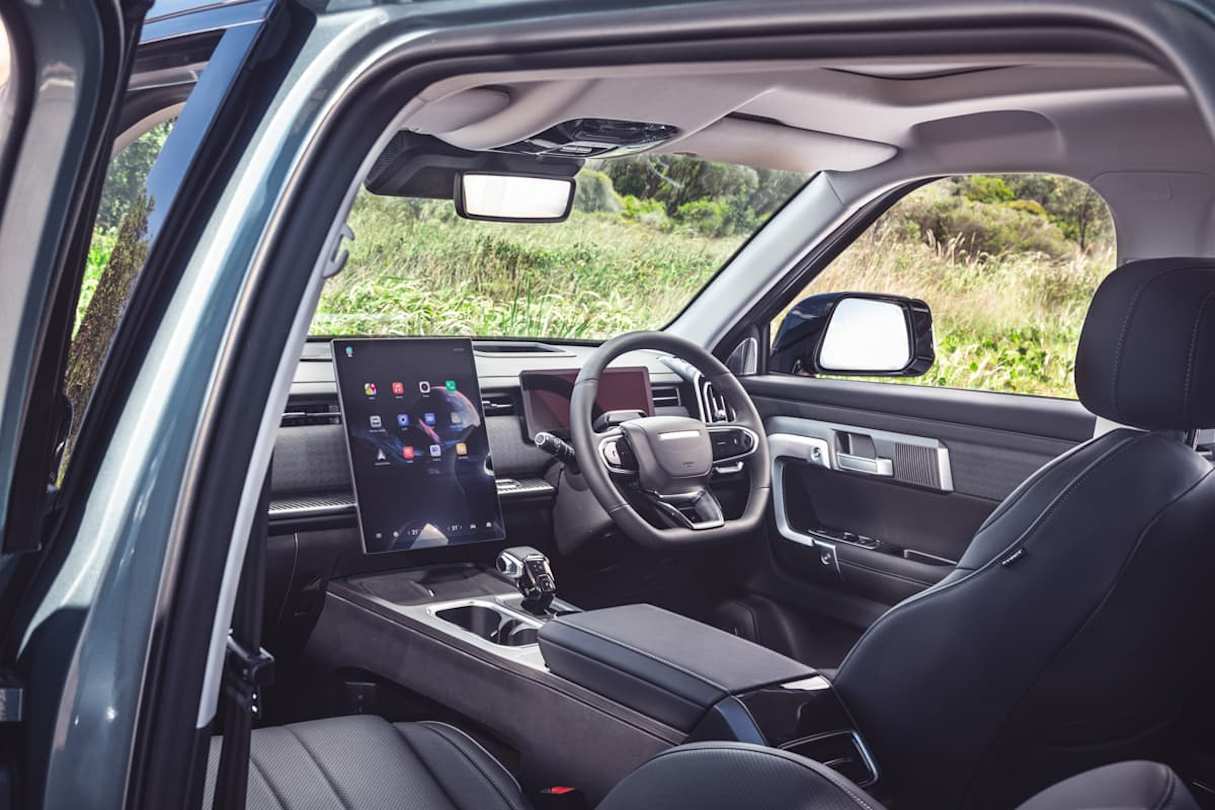
Thankfully the 4WD offers the same space (500L) but gets a full-size spare, while the 2WD models have a claimed 584L and a temporary spare.
As for the technology, the decision to go for the one big central screen for all infotainment provides a hi-tech, clean look but it does lead to some obvious compromises.
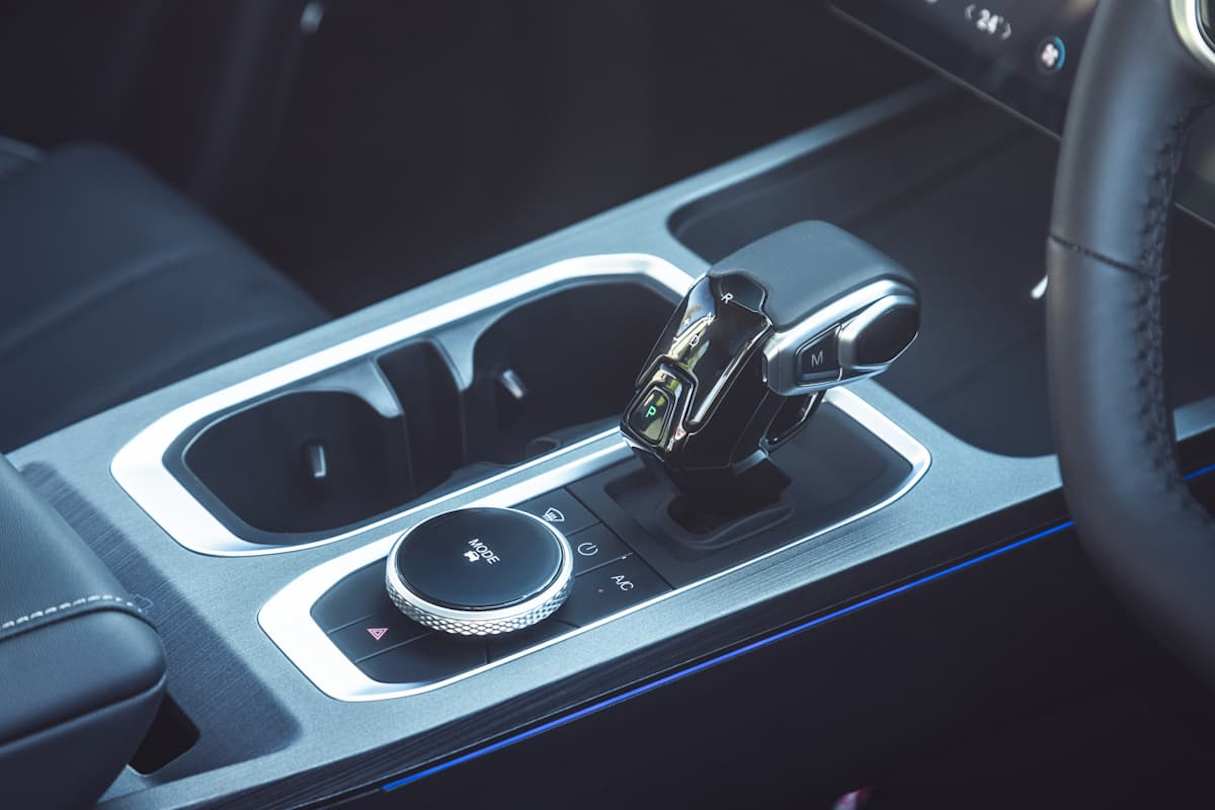
Namely, the lack of any physical buttons (save for the hazards, unlocking and EV function) is disappointing from a user experience perspective. As many brands have found, screens have a ‘wow factor’ and save on the cost of buttons but are more challenging to operate when you’re on the move and that’s the case with the J7.
Obviously having Apple CarPlay or Android Auto makes for a familiar experience, but if you have to dive into the extensive Jaecoo-specific menus it can become difficult and distracting.
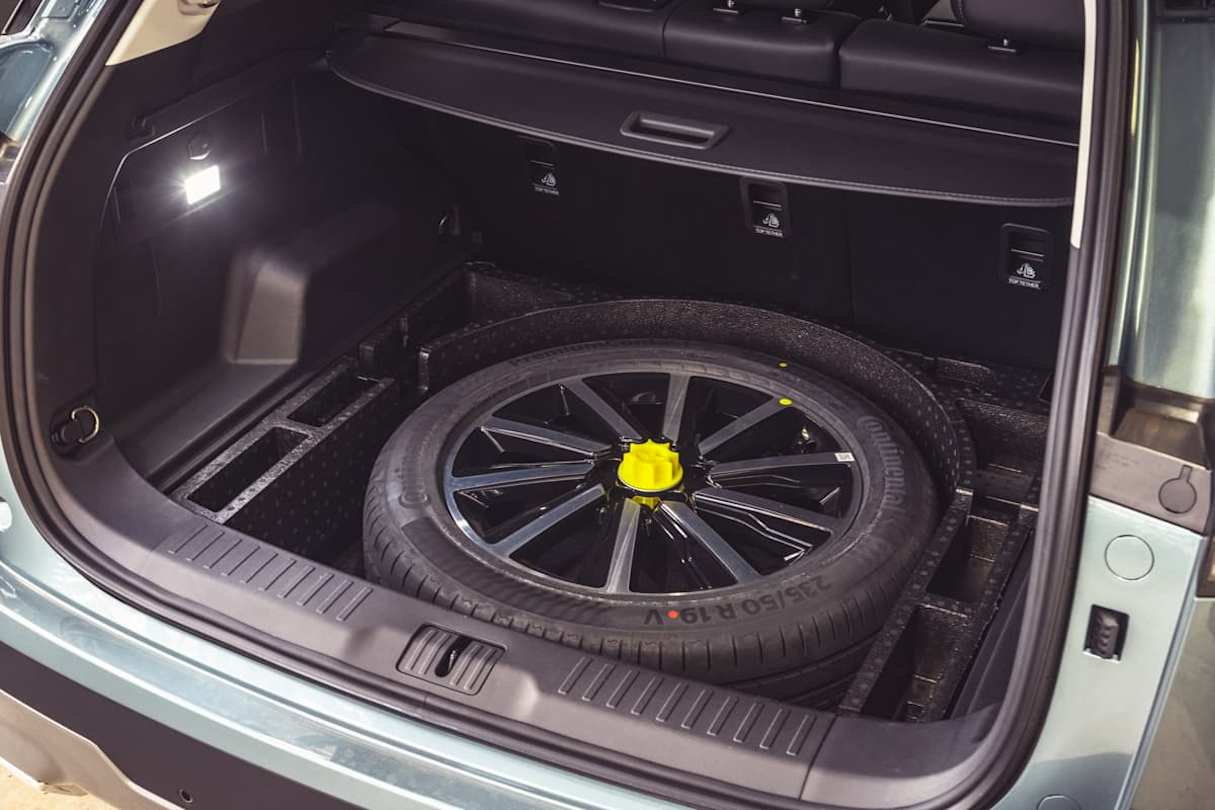
Under the bonnet – What are the key stats for its engine and transmission? 7/10
7 / 10
The J7 range has a choice of two powertrains, an internal combustion engine and the plug-in hybrid.
The 2WD and AWD are powered by the same 1.6-litre turbocharged four-cylinder petrol engine that makes 137kW and 275Nm. It’s paired to a seven-speed dual-clutch transmission, with the only major difference between the two models (obviously) being the driven wheels.
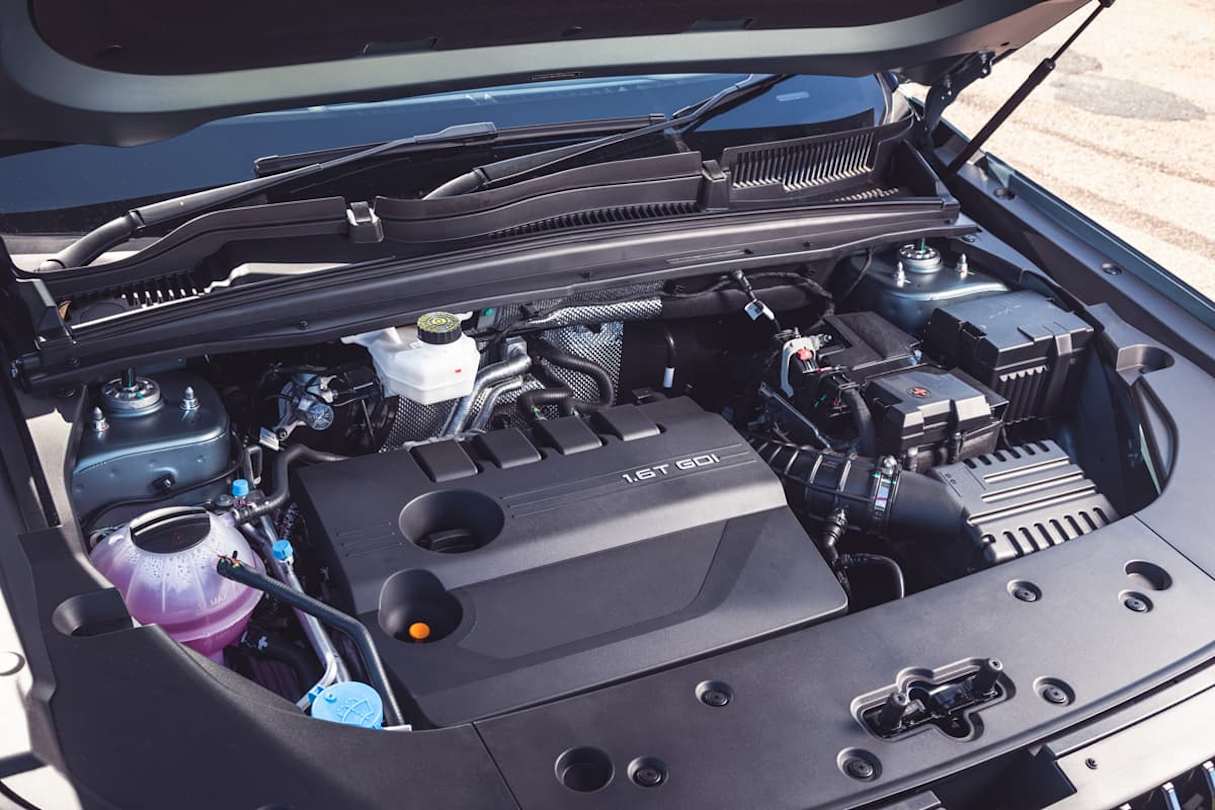
The SHS combines a newly-developed 1.5-litre four-cylinder turbocharged petrol engine, which makes 105kW, with a 150kW electric motor and a single-speed transmission.
Despite the electric motor, the SHS isn’t what you’d call ‘fast’ with a 0-100km/h time of 8.5 seconds, which the 2WD can reportedly better by taking just 8.1 seconds.
Efficiency – What is its fuel consumption? What is its driving range? 7/10
7 / 10
The SHS is equipped with an 18.3kWh lithium-iron-phosphate battery that provides a claimed 90km of electric-only driving range and helps the J7 achieve a claimed fuel consumption figure of just 1.0L/100km.
Jaecoo also quotes an EV-only range of up to 106km, but that is on the NEDC cycle, which is not as relevant for real-world driving than the WLTP test cycle that returns the lower figure. Even with the lesser number, 90km of EV-only driving will be more than enough for most people to do their daily commutes.
Jaecoo claims the SHS has a theoretical driving range of 1200km, thanks to its 60-litre fuel tank. However, to achieve that economy you need to run the J7 in its hybrid state, so somewhere closer to 1000km is more realistic - if you have a really light right foot.
As for the petrol-only models, the 2WD uses a claimed 7.0L/100km and the AWD 7.8L/100km.
Driving – What's it like to drive? 6/10
6 / 10
This is one area where the entire Chinese car industry, not just Chery/Jaecoo, have a ways to go to become not only competitive but genuinely stand out. Dynamically the J7 is average, not bad, just very ‘mid’ as the kids say. It doesn’t do anything particularly badly, but nor does it do anything particularly well.
The steering is nice and light, which will be good for navigating traffic and car parks, the ride lacks control but isn’t uncomfortable and the performance of the SHS powertrain is smooth but not spectacular, at least from a performance perspective.
This might sound like a ‘motoring journalist’ argument, but we’ve seen in the past when brands, specifically Hyundai and Kia, hired local experts to fine-tune the ride and handling of vehicles it resulted in a better experience and helped translate into sales.
With some more fine-tuning to improve the ride, and therefore the comfort, the J7 could be near the top of the class not only in terms of value but also the driving experience.
Warranty & Safety Rating
Safety – What safety equipment is fitted? What is its safety rating? 7/10
7 / 10
Safety across the range includes autonomous emergency braking (AEB), adaptive cruise control and lane departure warning. However, notably the 2WD Core is equipped with seven airbags, but the Track, Ridge and SHS models all have an additional driver’s knee airbag, something to be mindful of if you’re on a budget.
However, having active safety systems, and having active safety systems that are well-calibrated and usable are different things, especially given the sub-par experience we had with the Chery Tiggo 4 Pro and its erratic lane keeping assist.
Thankfully, part of the more premium Jaecoo experience is a smoother, better calibrated safety system. The lane keeping was much more capable of holding the J7 in the centre of the lane, providing a more seamless driving experience.
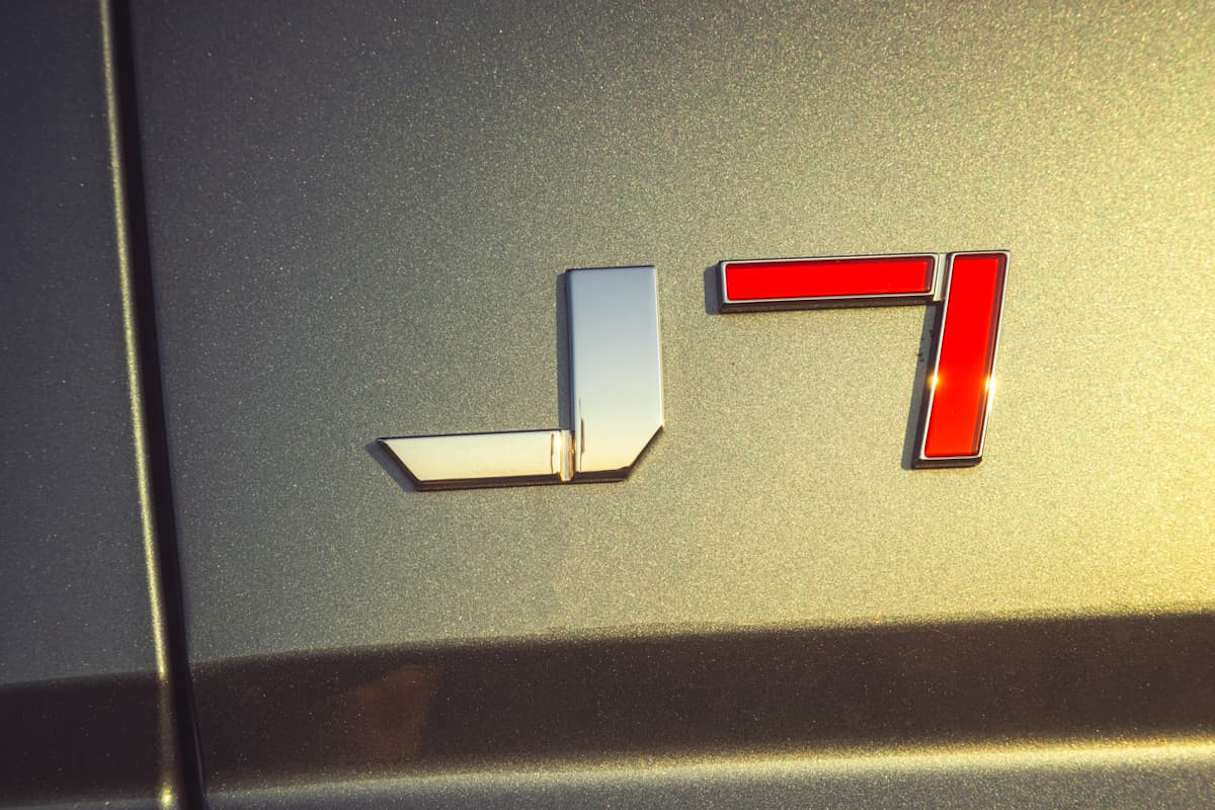
The driver attention system also seemed well calibrated, capable of tracking eye movement through sunglasses, and didn’t seem as hyperactive as many of these systems can be.
However, given the complex nature of the central infotainment screen, there is a chance you’ll set the attention alert off if you have to start looking through the various menus. That’s obviously a good thing, to keep your eyes on the road, but adding some physical buttons for the air-con and stereo would feel like a better, safer solution.
The J7 hasn’t been crash tested by ANCAP but Chery’s previous models have received five stars, so anything less would be a shock result given the premium positioning of the brand. Chery knows which boxes ANCAP likes ticked, so don't be surprised if it gets top marks from the safety body.
Ownership – What warranty is offered? What are its service intervals? What are its running costs? 7/10
7 / 10
Jaecoo is giving would-be buyers every reason to take a chance on a new name. The J7 will be covered by an eight-year warranty, which again, adds to the premium experience as that’s an extra year to what Chery offers.
Jaecoo is also offering eight years of capped-price servicing and roadside assistance for J7 buyers. The vehicle will require annual services, but you’ll be paying $3372 to keep the SHS maintained those first eight years.
Naturally, the less-complex 2WD and 4WD models are slightly cheaper, with the 2WD servicing tallying $2952 and the 4WD setting you back $3332.
Verdict
Based on our initial drive I certainly think the J7, especially the SHS Summit, does make a pretty compelling case to be on the consideration list for anyone looking to buy a mid-size hybrid SUV - plug-in or not.
It has a polished design, loads of tech and a fuel-efficient powertrain that provides adequate performance. But the real selling point is the price, which undercuts its key rivals to ensure it has your attention, especially in these days of increasingly expensive family vehicles.
And while the J7 certainly has appeal to design-oriented buyers and people that want something ‘cool’ or just different, the value it offers gives it mainstream appeal.
Note: CarsGuide attended this event as a guest of the manufacturer, with accommodation and meals provided.
Pricing Guides






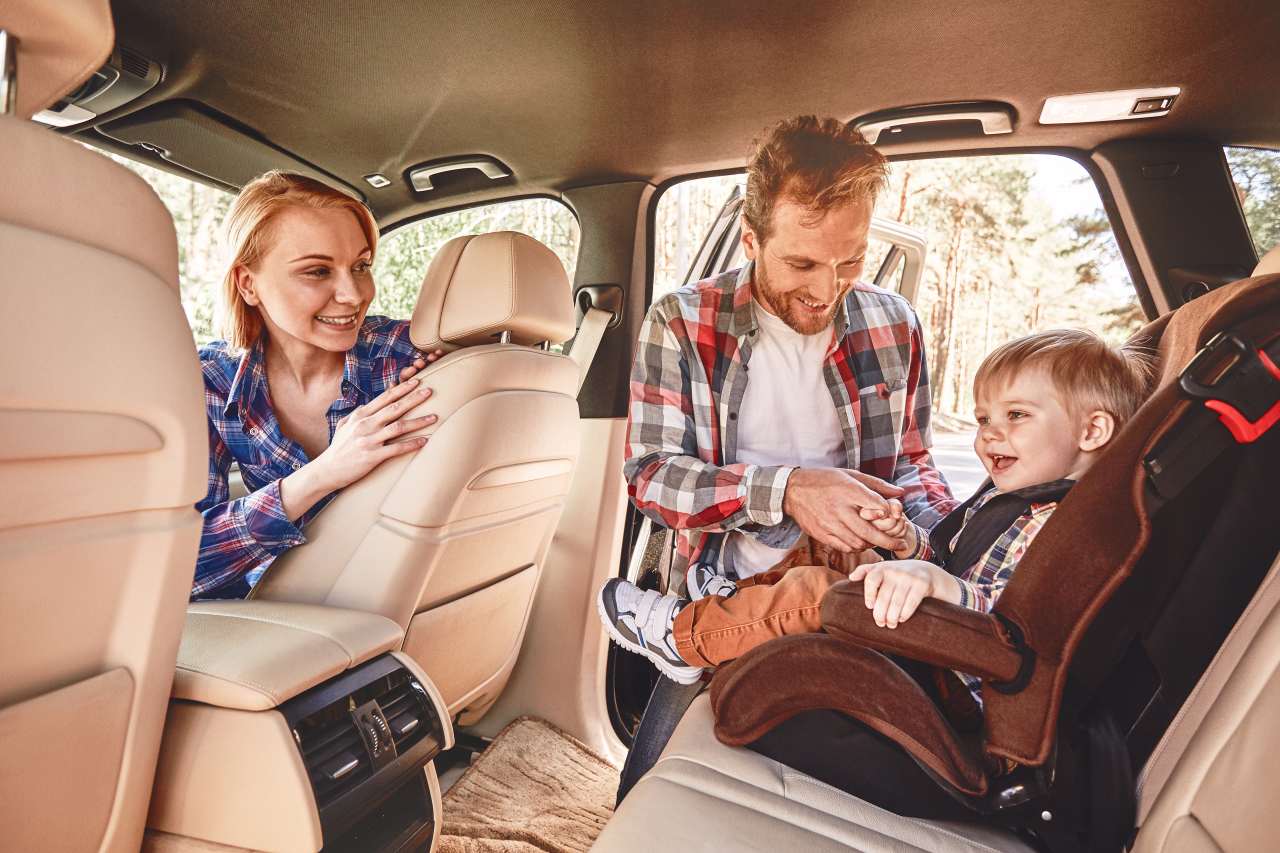












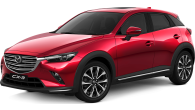
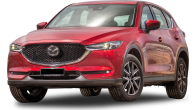





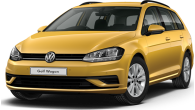

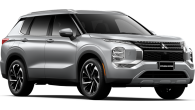









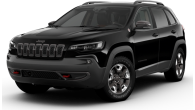
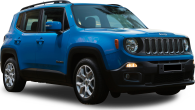













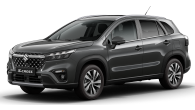
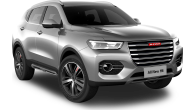

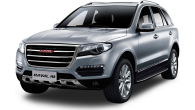



 copy.png)

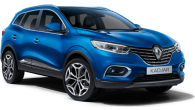
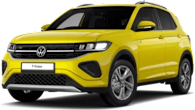



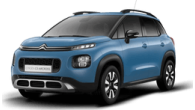






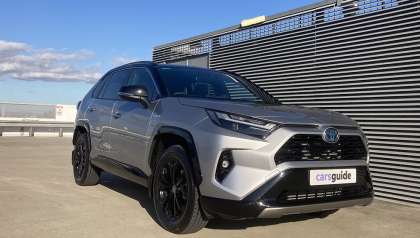
.jpg)
.jpg)



